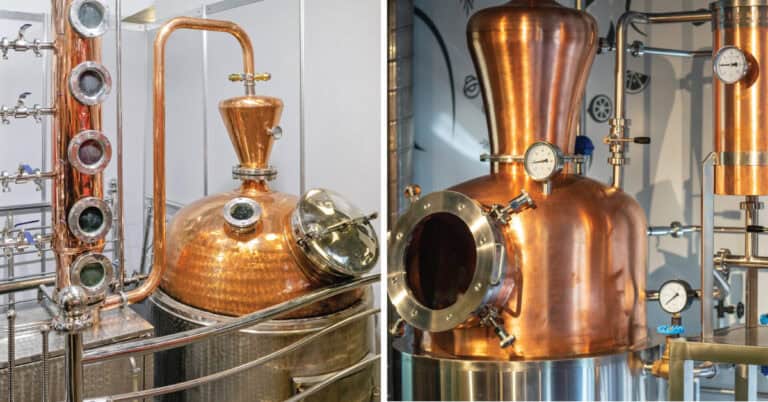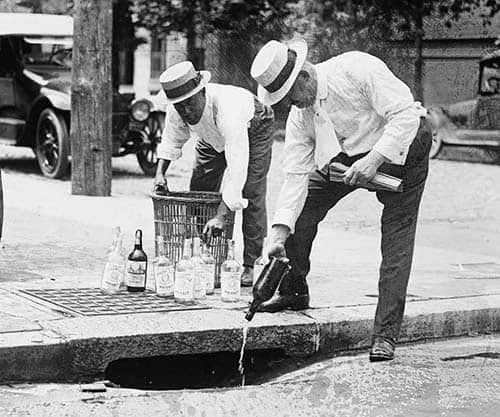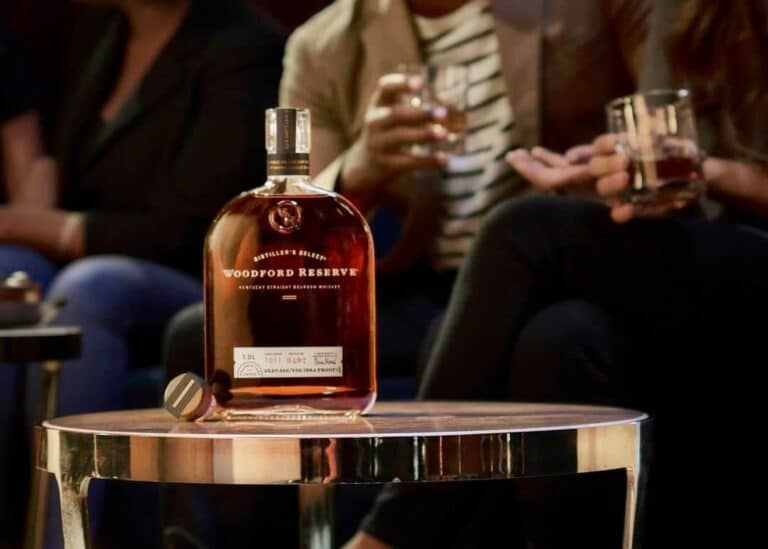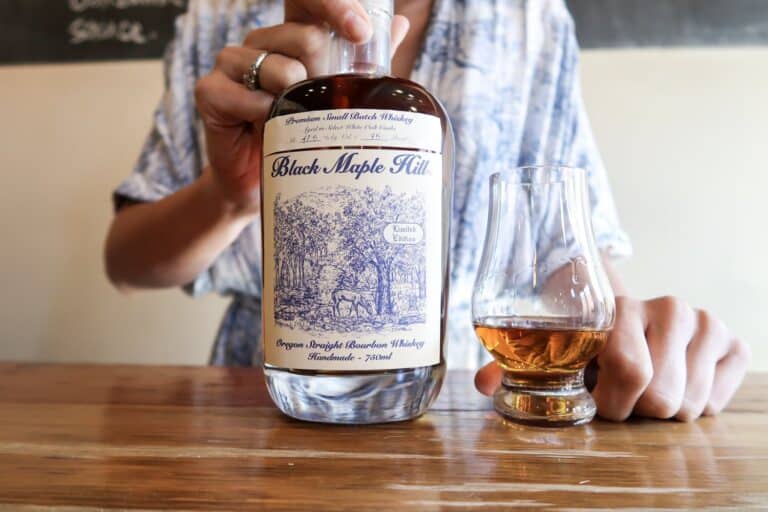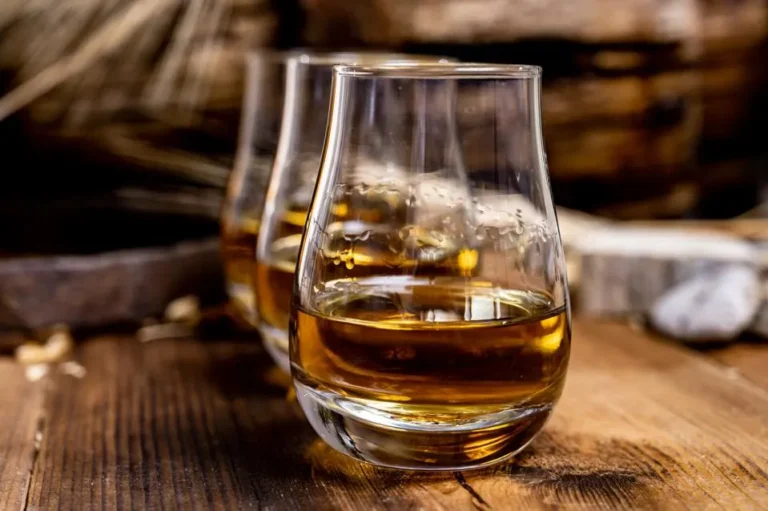How to Taste Kentucky Bourbon
Kentucky bourbon is more than just a drink; it’s an experience that engages all your senses. As a bourbon enthusiast, I’ve spent countless hours exploring the intricacies of this delightful spirit, and I’m here to share my knowledge on how to taste Kentucky bourbon like a pro. Whether you’re a seasoned connoisseur or just starting your bourbon journey, this guide will provide you with the insights you need to fully appreciate every sip.

Tasting Techniques
Tasting Kentucky bourbon involves a series of steps designed to engage your senses and reveal the full spectrum of flavors and aromas. Let’s break it down:
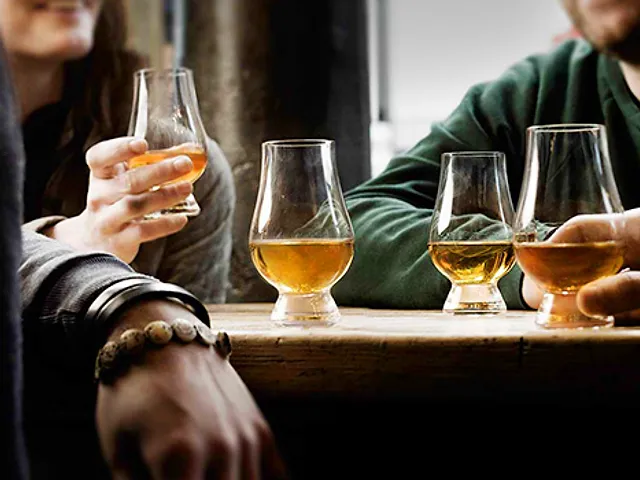
Appearance
The first step in tasting bourbon is to observe its appearance. Pour a small amount of bourbon into a glass, preferably a Glencairn glass, which is designed to enhance the tasting experience. Hold the glass up to the light and take note of the color. Bourbon can range from a pale gold to a deep amber, influenced by the aging process and the char level of the barrels.
- Color: The color can give you a hint about the bourbon’s age and the level of char on the barrel.
- Legs: Swirl the bourbon gently in the glass and observe the legs or tears that form on the sides. Thicker legs can indicate a higher proof and a richer mouthfeel.
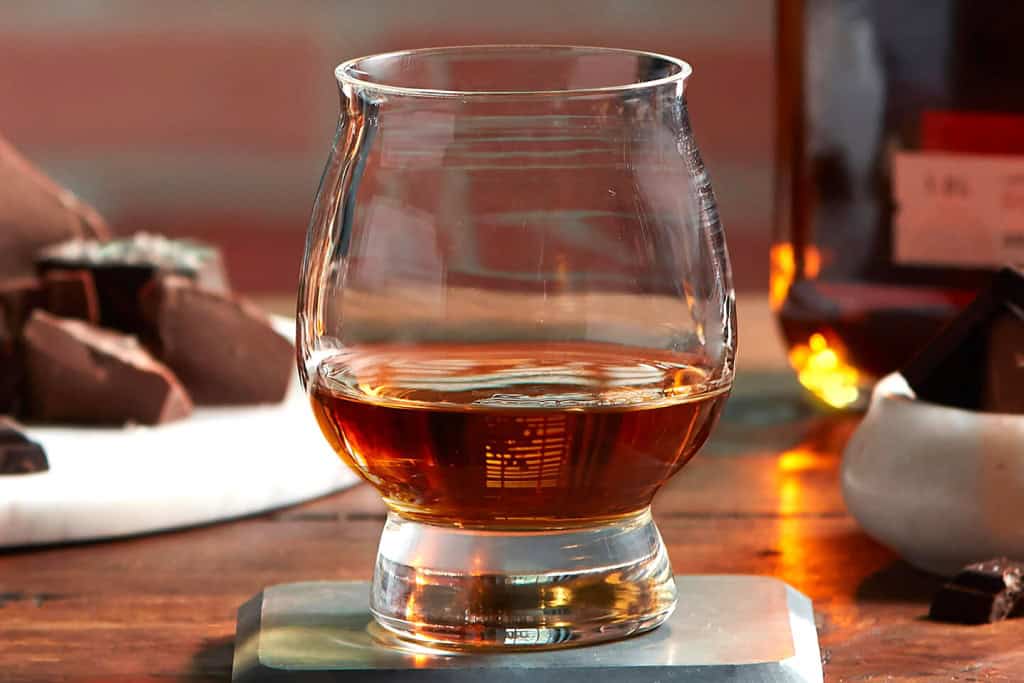
Aroma
Next, bring the glass to your nose and take a few short, gentle sniffs. The aroma, or “nose,” is a crucial part of the tasting process, as it prepares your palate for the flavors to come.
- Initial Sniff: Take a brief sniff to get your first impression.
- Deeper Inhalation: Now, take a deeper inhalation, keeping your mouth slightly open. This allows you to detect a wider range of aromas.
- Nose at Different Levels: Experiment with nosing at different levels above the glass to capture different aromatic notes.
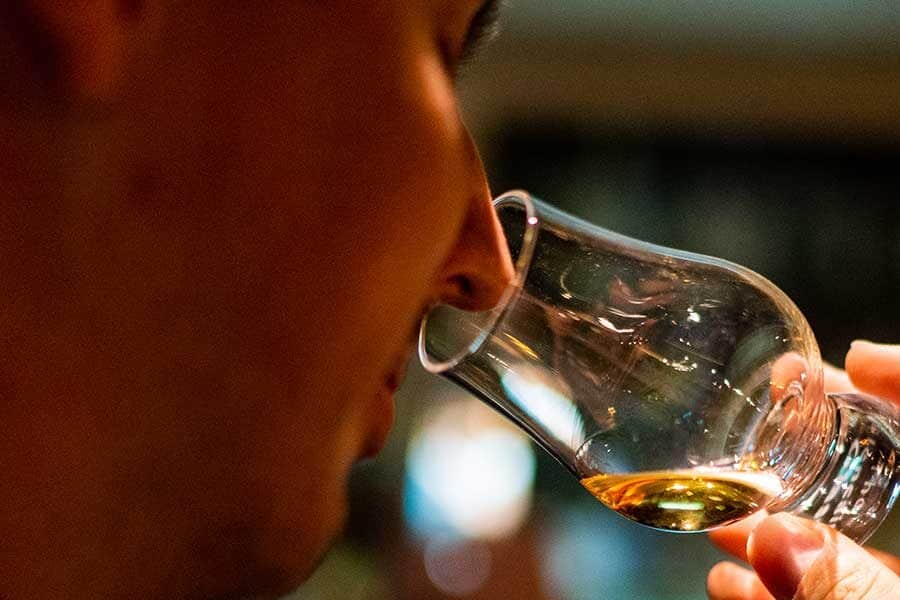
Palate
Now it’s time to taste. Take a small sip and let the bourbon coat your mouth. Pay attention to the initial flavors and how they evolve as you hold the bourbon on your palate.
- First Sip: The first sip can be intense due to the alcohol content. Let it pass and focus more on subsequent sips.
- Chew the Bourbon: Roll the bourbon around in your mouth, often referred to as “chewing the bourbon.” This helps to engage all areas of your palate and unlocks more flavors.
- Flavor Progression: Notice how the flavors develop from the moment the bourbon touches your tongue to when you swallow.

Finish
The finish refers to the aftertaste that lingers once you’ve swallowed the bourbon. A good bourbon will have a long, satisfying finish that leaves a lasting impression.
- Length: Observe how long the flavors last. A longer finish often indicates a higher quality bourbon.
- Flavor Notes: Note the flavors that persist in the finish. They can be different from the initial and mid-palate flavors, providing a well-rounded tasting experience.
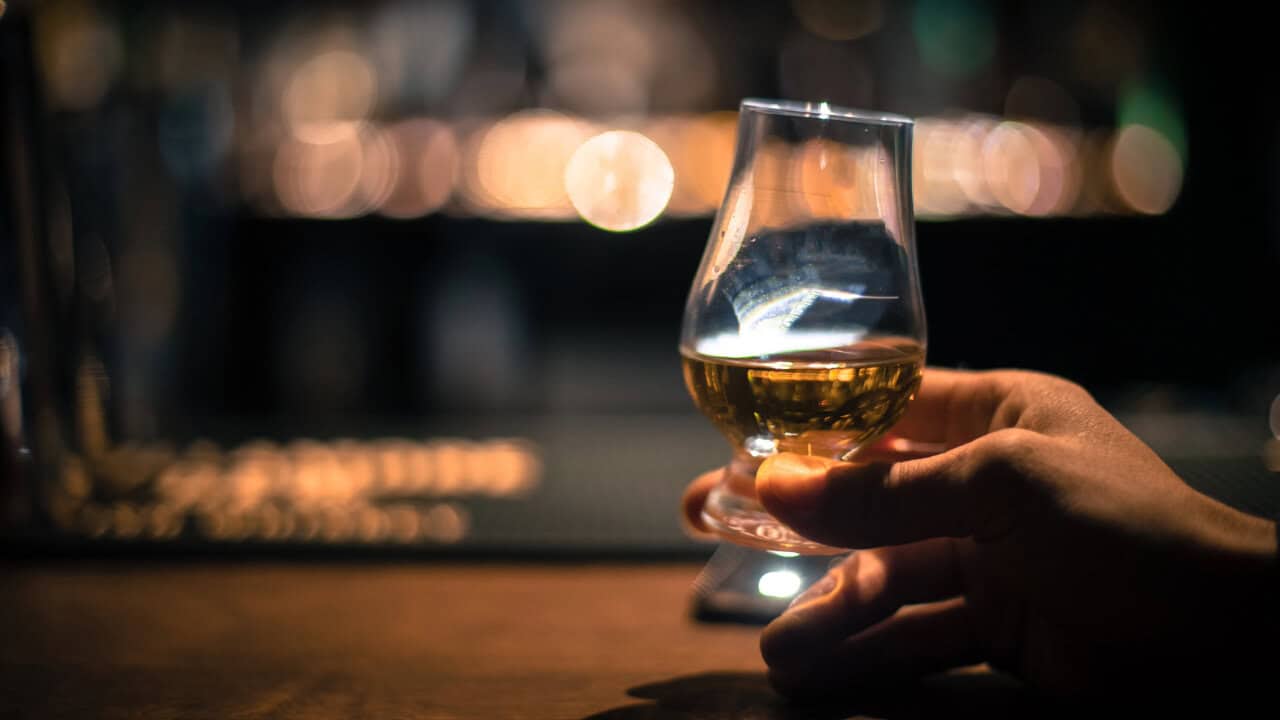
Common Flavors and Notes
Understanding the common flavors and notes in Kentucky bourbon can enhance your tasting experience. Bourbon is known for its complex flavor profile, which can include:

- Vanilla and Caramel: These sweet notes are often the result of the charred oak barrels used in aging.
- Oak and Wood: These earthy flavors come from the bourbon’s time spent in the barrel.
- Spice: Look for hints of cinnamon, nutmeg, and black pepper.
- Fruit: You might detect notes of apple, cherry, or dried fruit.
- Nutty: Some bourbons have a distinctive nutty flavor, reminiscent of almonds or pecans.
- Floral: Delicate floral notes can add a layer of complexity.
Vanilla and Caramel
One of the most recognizable flavors in bourbon is the sweet, inviting notes of vanilla and caramel. These flavors are derived from the sugars in the charred oak barrels used during the aging process. As bourbon ages, it absorbs these sugars, resulting in a rich, smooth taste that is characteristic of high-quality bourbon.
Oak and Wood
The influence of the oak barrels goes beyond just imparting sweetness. Oak and wood notes are essential components of bourbon’s flavor profile. The interaction between the bourbon and the wood over time adds depth and complexity. This can range from light, toasty wood flavors to more intense, smoky notes, depending on the age and storage conditions.
Spice
Spicy notes are another hallmark of Kentucky bourbon. The spice can come from the rye grain in the mash bill or the char level of the barrel. Common spice notes include cinnamon, nutmeg, black pepper, and clove. These spices add warmth and a bit of a kick to the bourbon, making each sip intriguing.
Fruit
Fruit notes in bourbon can range from fresh, crisp apples to dark, dried fruits like raisins and cherries. These flavors often come from the yeast used in fermentation and the esterification process during aging. Fruity notes can add a refreshing balance to the sweet and spicy elements of the bourbon.
Nutty
Nutty flavors, such as almonds, pecans, or hazelnuts, can sometimes be detected in bourbon. These notes contribute to the overall richness and can provide a pleasant, creamy quality to the bourbon. They often emerge in bourbons that have been aged longer or have a higher corn content.
Floral
Floral notes are less common but can be found in some bourbons. These delicate aromas and flavors can add a layer of complexity and sophistication. Floral notes might include hints of honeysuckle, rose, or lavender, contributing to a well-rounded and nuanced tasting experience.
Hosting a Bourbon Tasting Event
Hosting a bourbon tasting event is a great way to share your love of bourbon with friends and family. Here’s how to make your event a success:
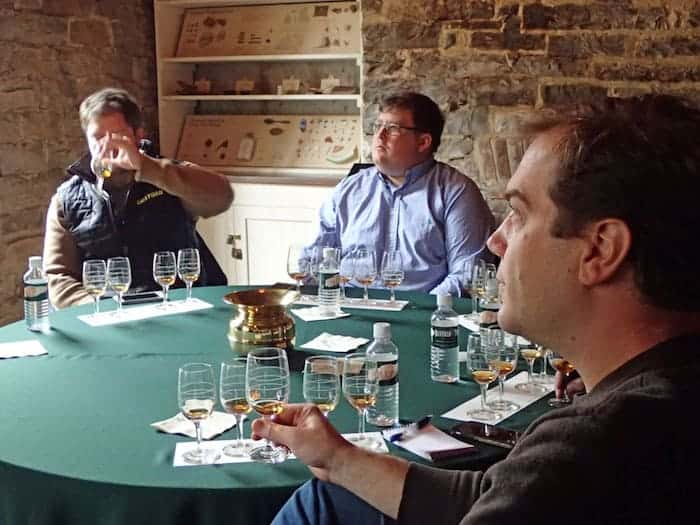
Preparation
- Selection of Bourbons: Choose a variety of bourbons that showcase different flavor profiles and aging processes. Include both well-known brands and lesser-known gems.
- Glassware: Provide proper glassware, such as Glencairn glasses, to enhance the tasting experience.
- Water and Palate Cleansers: Offer water and neutral palate cleansers, like plain crackers or bread, to reset the palate between tastings.
Setting the Scene
- Environment: Create a comfortable and inviting environment. Consider lighting, music, and seating arrangements.
- Information Cards: Provide information cards for each bourbon, including details about the distillery, age, and tasting notes.
Tasting Procedure
- Introduction: Begin with a brief introduction to bourbon tasting techniques and the bourbons you’ve selected.
- Tasting Order: Start with the lighter, more delicate bourbons and progress to the heavier, more robust ones.
- Group Discussion: Encourage guests to share their impressions and notes after each tasting. This can lead to lively discussions and a deeper appreciation of the bourbons.
Food Pairings
- Complementary Foods: Pair bourbons with foods that complement their flavors, such as dark chocolate, cheese, or smoked meats.
- Themed Menu: Consider creating a themed menu that highlights the characteristics of the bourbons being tasted.
Entertainment and Education
- Guest Speaker: Invite a bourbon expert or a distillery representative to provide insights and answer questions.
- Bourbon Trivia: Prepare a bourbon trivia game to entertain and educate your guests.
Hosting Tips for a Memorable Event
- Invitations and RSVP Send out invitations well in advance and request RSVPs to ensure you have enough supplies for everyone. Digital invitations can be convenient and allow guests to respond easily.
- Themed Decorations Consider decorating the tasting area with a bourbon theme. Use rustic decor, bourbon barrels, and related memorabilia to set the mood.
- Bourbon Flight Cards Create bourbon flight cards for each guest. These cards should have spaces for guests to write down their notes on appearance, aroma, palate, and finish for each bourbon they taste.
- Blind Tasting Option For an added layer of fun, consider doing a blind tasting where the bourbons are not revealed until the end. This can challenge guests to rely on their senses and can lead to surprising favorites.
Conclusion
Tasting Kentucky bourbon is a journey that engages all your senses and provides a deep appreciation for this iconic American spirit. By understanding the techniques and flavors, and by hosting your own tasting event, you can share the joy of bourbon with others and deepen your own knowledge and enjoyment.
Remember, the key to a great bourbon tasting experience is to savor each moment and enjoy the complexity that Kentucky bourbon has to offer. Cheers to your bourbon journey!
FAQs
Disclosure: Our blog contains affiliate links to products. We may receive a commission for purchases made through these links. However, this does not impact our reviews and comparisons. We try our best to keep things fair and balanced, in order to help you make the best choice for you.

